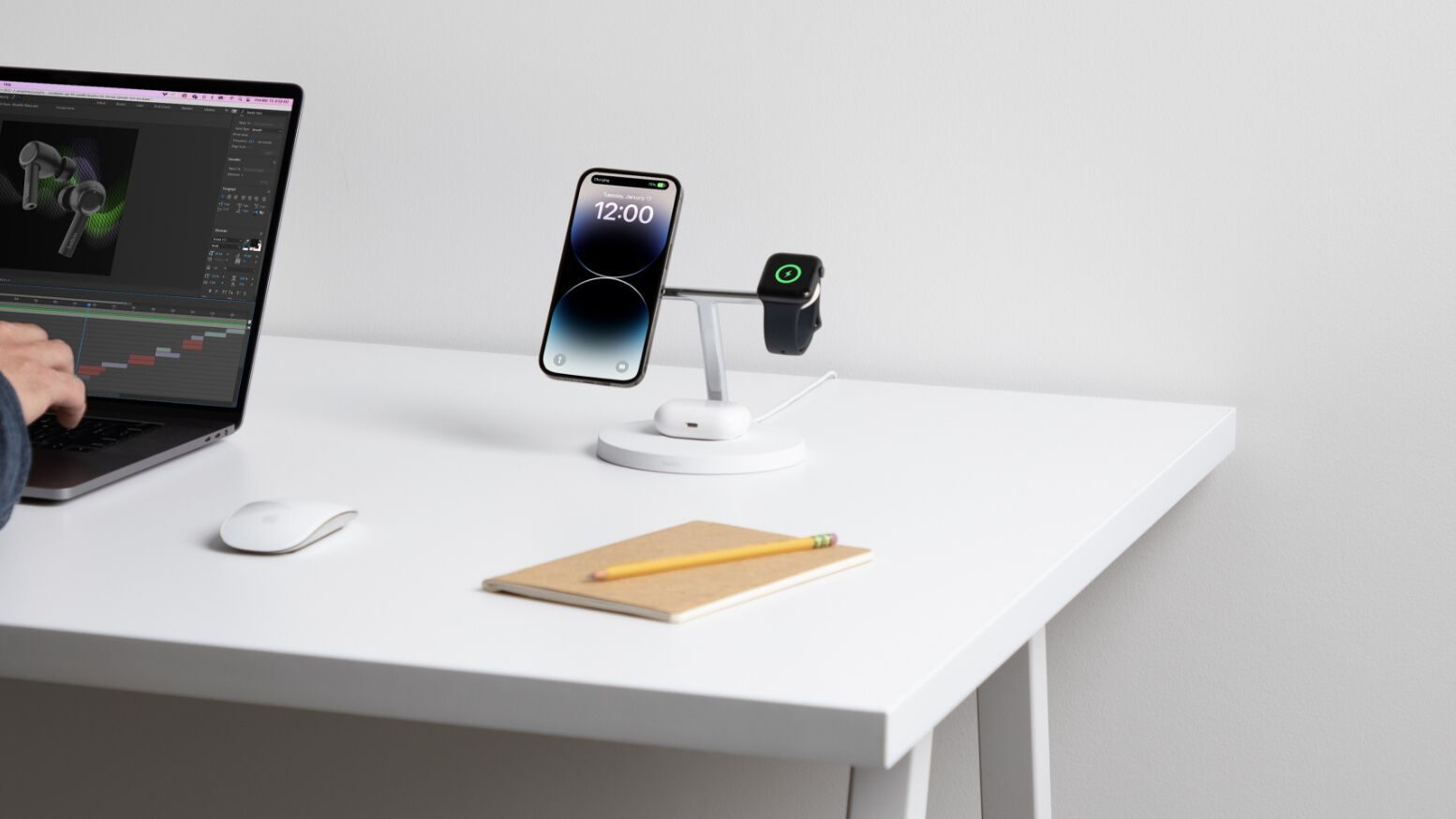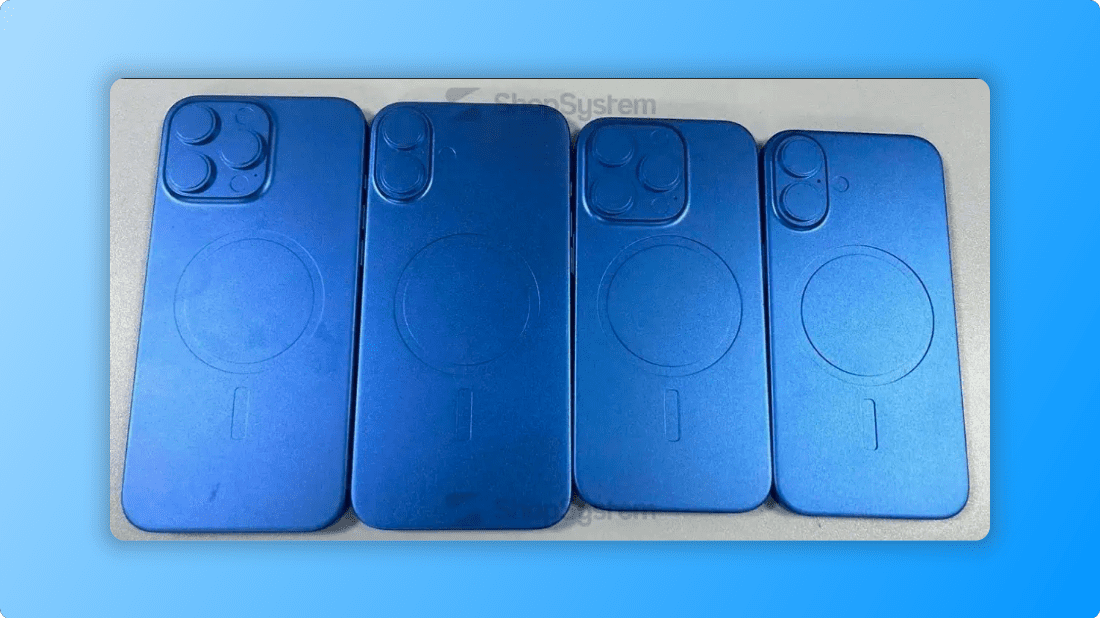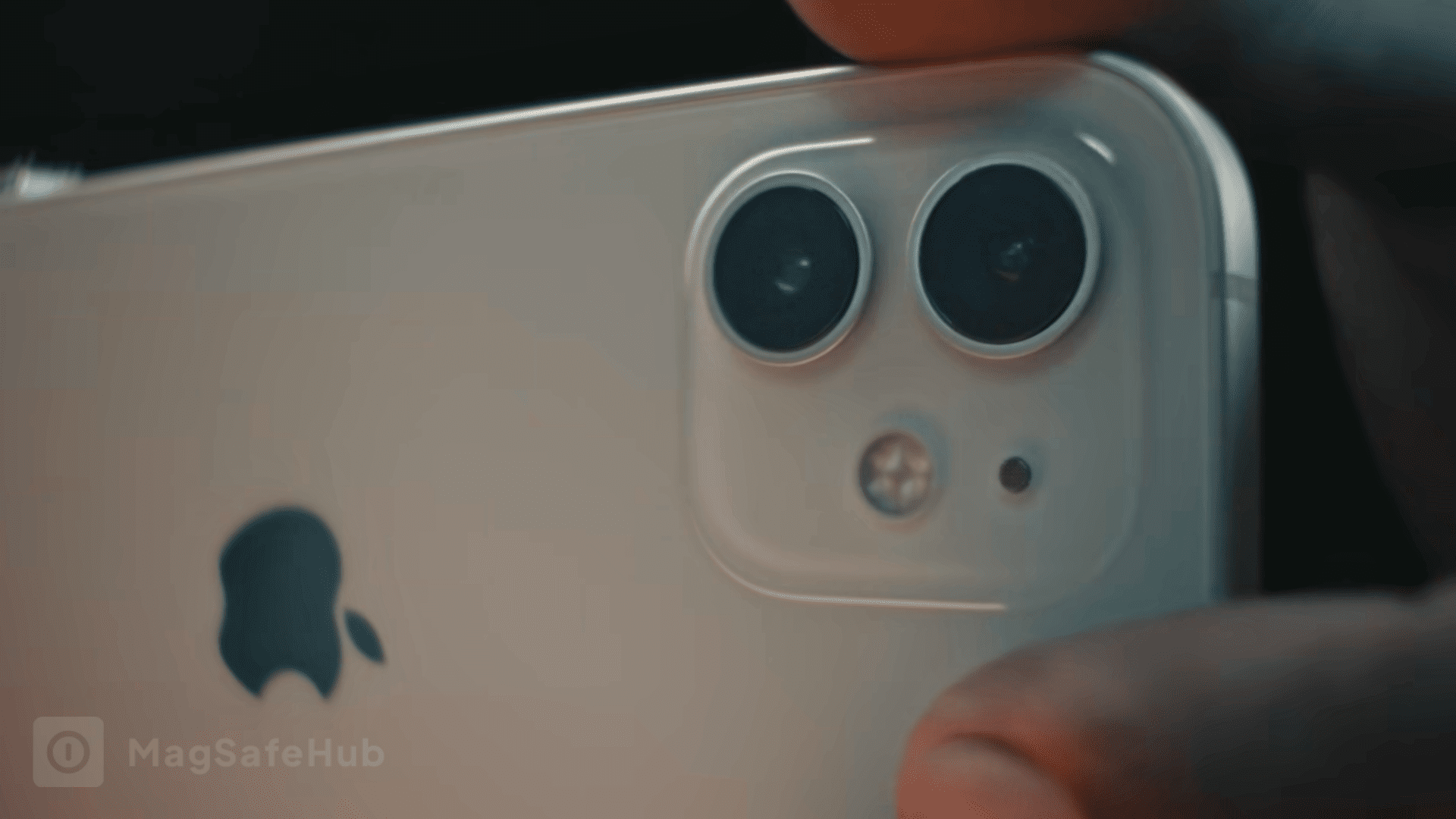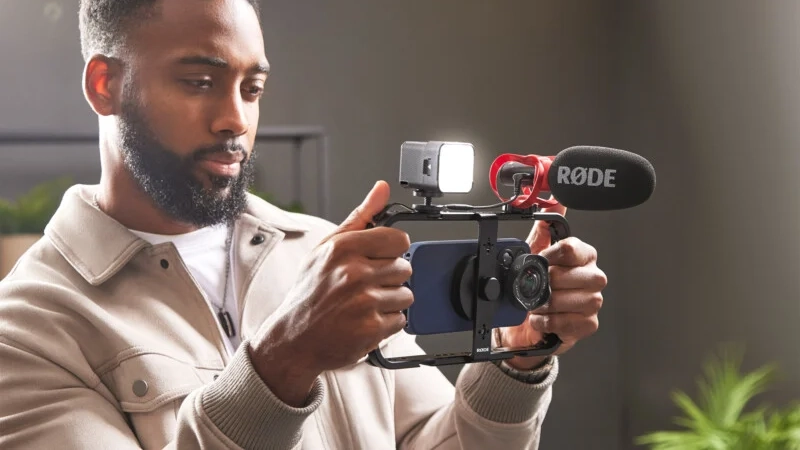In this article, I’ll be covering some of the most popular questions surrounding MagSafe chargers. This long list will hopefully make you better informed about this new technology. I have provided a Table of Contents that allows you to jump to a specific question you want to see the answer.
Please remember that this article will mainly focus on the MagSafe chargers for iPhones.
Table of Contents
What is a MagSafe charger?
MagSafe is a magnetic wireless charging system developed by Apple. It uses a ring of magnets built into iPhone models 12 and newer that allows compatible chargers and accessories to snap into perfect alignment for faster and more convenient charging up to 15W.
MagSafe chargers eliminate the need to fumble with plugging in cables and ensure proper contact between the charger and iPhone for efficient wireless power transfer. The magnetic attachment also enables a range of accessories like car mounts, wallets, and stands to easily snap onto the iPhone.
How many watts does the MagSafe charger deliver?
The MagSafe charger is designed to provide up to 15W of peak wireless charging power to compatible iPhone models when used with a 20W USB-C power adapter or another charger that supports Power Delivery 3.0 at 9V/2.22A or higher.
However, some adapters may be limited to around 7.5, which is the typical Qi wireless charger speed. It’s important to read the product description before purchasing the charger.
Do I need MagSafe cases to use MagSafe chargers?
You do not need a MagSafe case to use a MagSafe charger. The magnets are built into the iPhone itself, so the iPhone 12 or newer can use a MagSafe charger without a MagSafe case.
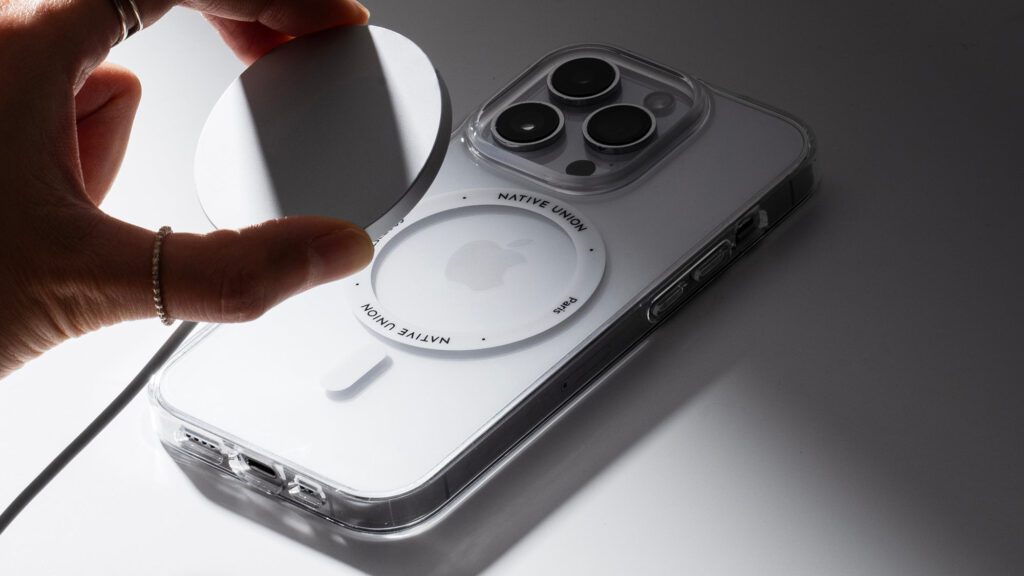
However, a MagSafe charger may offer some benefits, such as stronger magnetic attachment, added grip, and the option to mount other MagSafe accessories.
How does the MagSafe charger work?
In short, the MagSafe charger uses magnets to align itself perfectly with the charging coil on the back of the iPhone. This ensures optimal wireless charging speeds of up to 15W.
Under the hood, the charger and iPhone may communicate to negotiate the maximum charging wattage once connected. But, with the perfect alignment, the MagSafe charger will always charge faster than traditional non-magnetic wireless chargers.
Are MagSafe chargers magnetic?
Yes, MagSafe chargers are indeed magnetic. They are designed to help the iPhone 12 or higher models snap perfectly on the charging puck to deliver higher charging speed.
How long does MagSafe take to charge?
Using the correct charger and adapter, charging an iPhone via MagSafe will take about an hour from 0 to 50% state of charge, and charging to 100% will take 2.5 to 3 hours.
Please keep in mind that the actual charging time can vary depending on factors like the iPhone model, wattage of the power adapter, battery health, and ambient temperature. But the above times should give you a reasonable estimate.
Does MagSafe charge faster?
MagSafe charging does indeed charge faster than traditional Qi wireless charging, thanks to its improved alignment and, therefore, enhanced efficiency.
But this is only true if you are using the correct adapter and cable. For the best performance, make sure the charger is rated as 15W and the cable 20W.
Why is the MagSafe charger so slow?
The MagSafe charger will communicate with the iPhone during the charging process, and both negotiate the most optimum power based on the current temperature. If the charger or the battery gets too hot, the charging speed may be reduced to prevent damage.
You might also want to check if the charger supports the theoretical maximum of 15W and the cable is capable of delivering 20W of power delivery.
Are MagSafe chargers safe?
MagSafe chargers are generally safe to use, provided you follow certain safety guidelines and precautions. These include purchasing a charger from a trusted brand, charging in a well-ventilated area, and regularly inspecting the charger.
MagSafe chargers are also designed to stop overcharging by stopping the supply of power once the battery is full.
Why does the MagSafe charger get hot?
The primary reason that a MagSafe charger gets hot is caused by the energy conversion process, which produces heat as a byproduct. That’s why the charger and the phone can get slightly warmer during the charging.
This is a common phenomenon that affects all wireless chargers, not just MagSafe. But if you need a cooler charger, a MagSafe charger from ESR features a cooling fan to dissipate heat quickly. You can learn more about that here.
Can MagSafe charge iPhone 11?
No, MagSafe chargers cannot be used on iPhone 11, iPhone SE, and older iPhones in general because they lack the magnetic component. However, the MagSafe charger is compatible with Qi charging, a feature that the iPhone 11 does have. This means it can still wirelessly charge the device, though at a slower speed.
When to use a MagSafe charger?
Given the slow nature of the wireless charging technology in general, it’s advised to use a MagSafe charger at night while you are sleeping. That way, you will wake up and find the iPhone is fully charged.
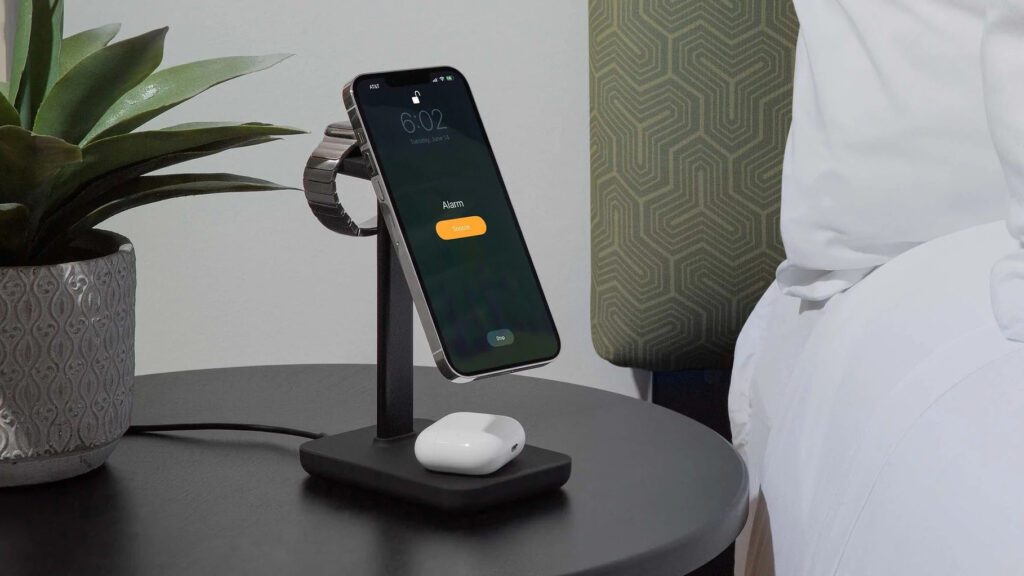
Don’t worry, the charger knows when the battery is full and will stop supplying power to prevent overcharging.
Where to put the MagSafe charger?
The MagSafe charger should be placed on the back of your iPhone or its MagSafe case. The charger uses magnets to perfectly align the MagSafe charger’s charging coil perfectly, so you won’t have to worry about placing it wrong.
Is MagSafe charging bad for the battery?
No, MagSafe charging itself is not inherently bad for the phone battery, but it depends on how you use the charger. The main risk is the heat concern, but even that is easy to mitigate by charging in a well-ventilated area or using a MagSafe charger that features a cooling material or fan to dissipate heat.
Is a Magsafe charger better than Lightning?
The choice between MagSafe and Lightning chargers depends on your preference and specific needs. I highly recommend considering factors such as the charging speed, cost, data transfer, and compatibility when choosing a charging method.
To help you out with that, check out the following table comparing MagSafe and Lightning on various aspects:
| Aspect | MagSafe Charger | Lightning Charger |
|---|---|---|
| Charging Speed | It can be used for data transfer and sync with a computer | Faster and more consistent charging speeds |
| Convenience | Wireless charging with easy magnetic alignment | Requires a physical connection |
| Compatibility | Limited to iPhone 12 series and later models | Compatible with a wider range of Apple devices, including older models |
| Data Transfer | Not applicable | It can be used for data transfer and sync with a computer |
| Wear and Tear | Less wear and tear due to the absence of physical connectors | Physical connection may cause wear and tear on the charging port over time |
| Cost | Tends to be more expensive than Lightning cables | It can generate more heat than wired charging options like Lightning |
| Aesthetic Appeal | Sleek, minimalist design | Standard cable design |
| Heat Generation | Can generate more heat than wired charging options like Lightning | Generates less heat compared to MagSafe, better for battery health |
Are MagSafe chargers worth it?
MagSafe chargers can be worth it if you are looking for a convenient charging experience, faster wireless charging, and the ability to use other MagSafe accessories whilst charging. Even if you prefer the consistent charging speed of wired charging, owning a MagSafe charger can be a nice addition to your iPhone arsenal.
How much does the MagSafe charger weigh?
Most MagSafe chargers weigh between 70 to 80 grams (2.8 ounces). But this is for a MagSafe charger in the form of a charging puck. Charging stands, however, can be quite heavy at several hundred grams to a kilogram (2.2 lbs).
MagSafe chargers should not pose any problem if you plan to carry one on your next travel.
Is the MagSafe charger compatible with Android?
Some Android phones, like the Pixel 5 and Galaxy Z Fold 2 do stick to MagSafe chargers due to magnetic materials near the charging coil, but the alignment isn’t perfect. This means charging speeds are just around 5W to 7.5W versus the maximum 15W for iPhones.
However, this may soon change as the Qi2 wireless charging will bring MagSafe-like features to Android. So, MagSafe chargers may work with Android in the near future.
Can MagSafe charge Apple Watch?
Despite looking similar at a glance, MagSafe cannot directly charge an Apple Watch. The Apple Watch uses a proprietary magnetic charging system that is incompatible with MagSafe.
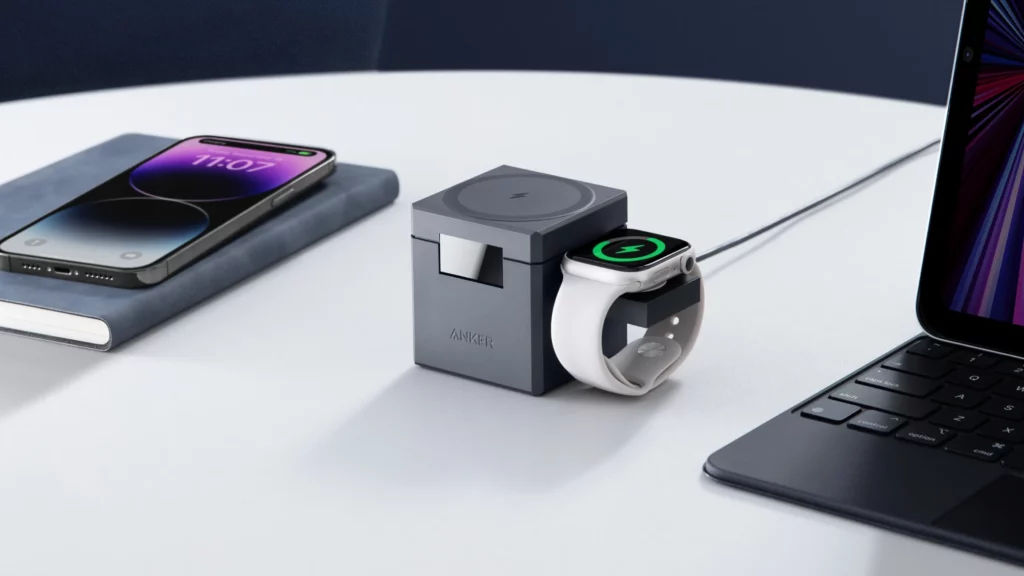
As an alternative, there are tons of 3-in-1 and 2-in-1 MagSafe chargers that offer charging pads for iPhone, Apple Watch, and AirPods. You can read more on the 9 Best MagSafe Chargers for Nightstand.
This list won’t stop here. There will be more MagSafe chargers questions answered in the future. Stay tuned!
